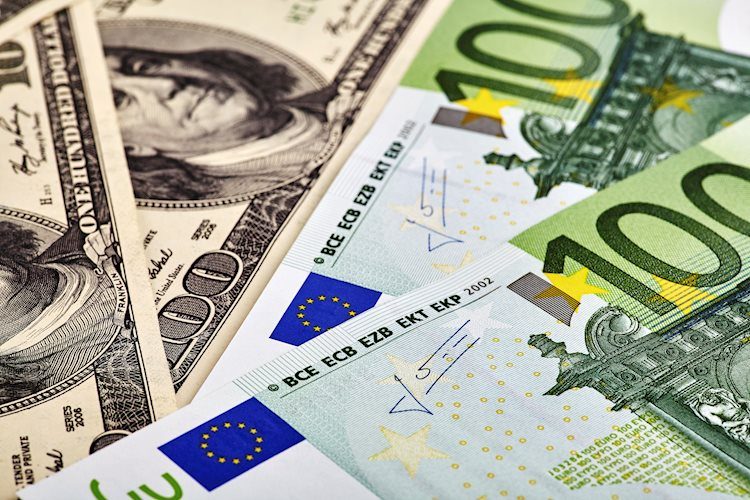In the European session on Monday, the EUR/USD pair climbed to nearly 1.0900 as the US Dollar faced intense selling pressure ahead of the US presidential election and the Federal Reserve’s policy announcement. Harris was reported to have a slight advantage over Trump in the latest polls, causing uncertainty in the market. The Fed is expected to cut interest rates at a slower pace on Thursday compared to the previous 50 bps trim in September.
The US Dollar began the week on a bearish note as market participants anticipate a close competition between Donald Trump and Kamala Harris in the upcoming election. The US Dollar Index (DXY) fell below 103.70 as the release of the Des Moines Register/Mediacom Iowa Poll showed Harris leading Trump in the state by three points. Traders view a Trump victory as positive for the US Dollar and Treasury yields, while a Harris win is seen as continuation of current government policies beneficial for risk-sensitive currencies.
The upcoming Fed meeting on Thursday to decide on interest rates is expected to be overshadowed by the election outcome. Traders have fully priced in a 25 bps rate reduction, pushing key borrowing rates lower. Investors will closely monitor the guidance for future monetary policy actions to be discussed in the December meeting. Additionally, the US ISM Services Purchasing Managers’ Index data for October will be released on Tuesday, indicating a slower pace of expansion compared to September.
The strength in the EUR/USD pair is supported by a strong Euro after Eurozone economic data indicated a faster-than-expected expansion in the third quarter. Upbeat Eurozone GDP data reduced expectations of a larger rate cut by the ECB in December. Inflationary pressures in the region also accelerated to 2% in October, further diminishing expectations for a big rate cut. Investors will be focusing on manufacturing PMI data from Germany and the Eurozone as well as the Sentix Investors Confidence data in Monday’s session.
Technically, the EUR/USD pair is striving to extend its upside above 1.0900, which aligns with the 200-day EMA. The pair has rebounded after finding support near the upward-sloping trendline around 1.0750. The RSI is near 50.00, suggesting fading bearish momentum. The pair could rise towards 1.1000 after breaking above the 200-day EMA, with support at 1.0760 for Euro bulls.
The Euro is the currency for the 19 European Union countries in the Eurozone and is the second most traded currency in the world. The ECB in Frankfurt manages monetary policy for the Eurozone, with the primary mandate of maintaining price stability. Inflation data, data releases that gauge economic health, and the Trade Balance are all important factors that can impact the value of the Euro. Strong economic data and a positive trade balance can strengthen the Euro, while weak data can lead to a depreciation.











